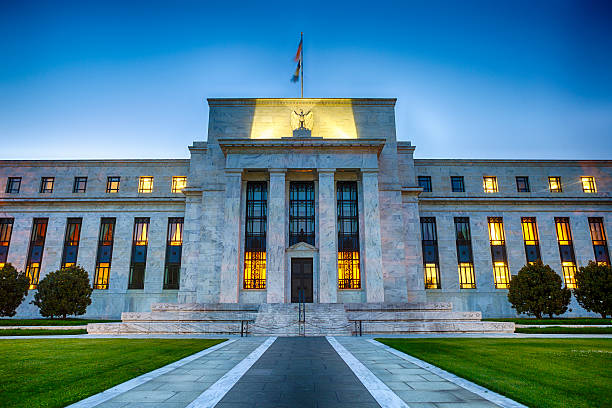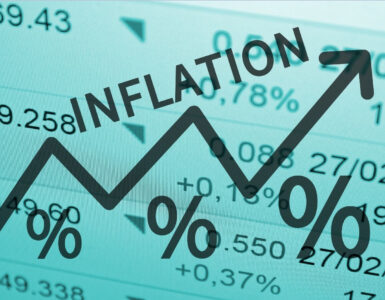The Dow Jones Industrial Average (^DJI) rallied Wednesday — putting in its best showing in two months — on the back of a massive, risk-on reversal in global bond and currency markets.
The U.S. 10-year yield Treasury (^TNX) plummeted the most since the Global Financial Crisis, while the U.S. dollar index (DX-Y.NYB) fell the most since the 2020 pandemic bear market.
This released tremendous pent-up pressure in financial markets, at least temporarily.
The Bank of England catalyzed those moves early Wednesday morning when it intervened to prop up its flailing bond market. The 30-year gilt yield was knocking on 5% — a key resistance level dating back to the late 1990s. Meanwhile, pension funds were reportedly facing massive margin calls that threatened their solvency, as the U.K. bond market listed toward a disorderly unwind.
That could theoretically be the best news of the year for struggling investors if these reversals indeed have legs and a declining dollar relieves investors and companies feeling the extreme pinch.
More realistically, the U.K. backstop may be a bellwether for more central bank intervention — which means the latest pause in market carnage might just be a respite before the next major crisis.
At the end of the day, British monetary authorities wilted in the face of tremendous social and market pressure. Meanwhile, the pound is still down 25% on the year versus the dollar.
It’s not just the Bank of England; central banks around globe have embarked on historic undertakings. Those interventions include a surprise 100 basis points rate hike by the Swedish Riksbank; the Bank of Japan’s unexpected move to strengthen the yen; and the Federal Reserve signaling more tightening into 2023 than investors expected.
The Bank of England’s action on Wednesday was even bolder, as it committed to buy an unlimited amount of bonds into Oct. 14 — all during an extant, historic tightening cycle. While authorities aren’t calling the strategy “quantitative easing,” buying bonds is what global central bankers have been doing since the Global Financial Crisis (more or less) to stimulate risk markets.
If the U.K. appears to be engaging in two distinct, opposing monetary experiments, that’s because it likely is — all in the name of expediency.
And it’s that short-term time preference that might be keeping Wall Street up at night. The thought of monetary authorities simply “winging it” while simultaneously creating and destroying trillions of dollars — often overnight — does not sit well on the Street where uncertainty pays a high price.
What to Watch Today
Economic calendar
- 8:30 a.m. ET: Initial Jobless Claims, week ended Sept. 24 (215,000 expected, 213,000 during prior week)
- 8:30 a.m. ET: Continuing Claims, week ended Sept. 17 (1.385 million during prior week)
- 8:30 a.m. ET: GDP Annualized, quarter-over-quarter, 2Q third (-0.6% expected, -0.6% prior)
- 8:30 a.m. ET: Personal Consumption, quarter-over-quarter, 2Q third (1.5% expected, 1.5% prior)
- 8:30 a.m. ET: GDP Price Index, quarter-over-quarter, 2Q third (8.9% expected, 8.9% prior)
- 8:30 a.m. ET: Core PCE, quarter-over-quarter, 2Q third (4.4% expected, 4.4% prior)
Earnings
- Bed Bath & Beyond (BBBY), Micron Technology (MU), Nike (NKE), Carmax (KMX), Rite Aid (RAD)
Source: Yahoo Finance










